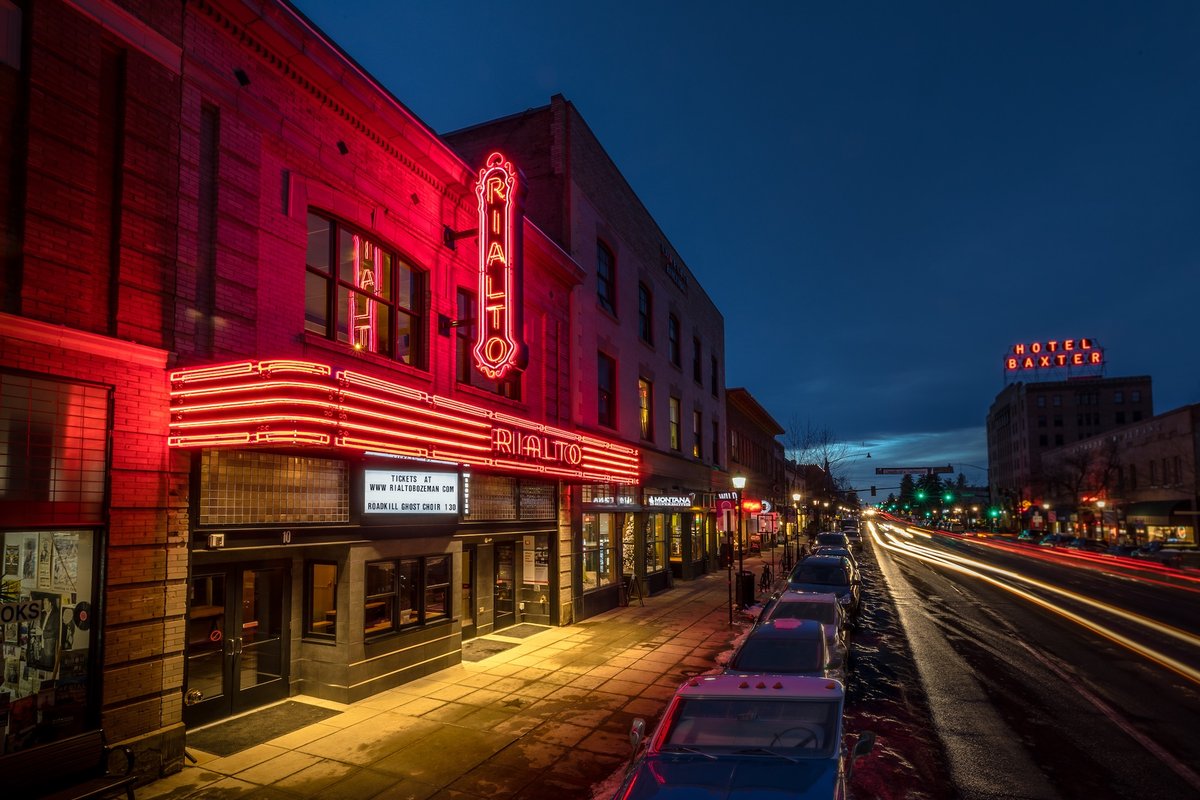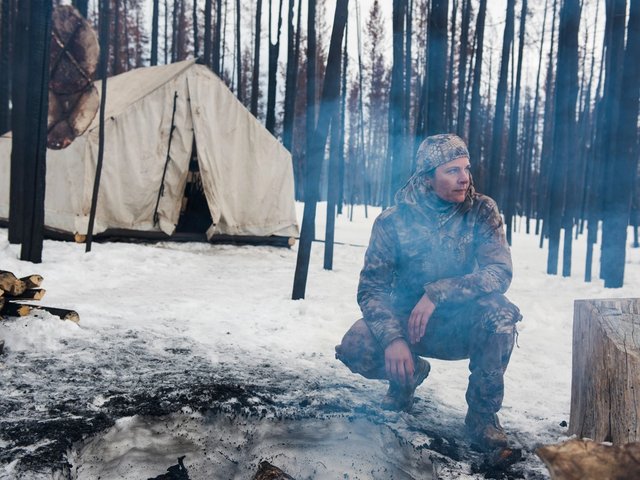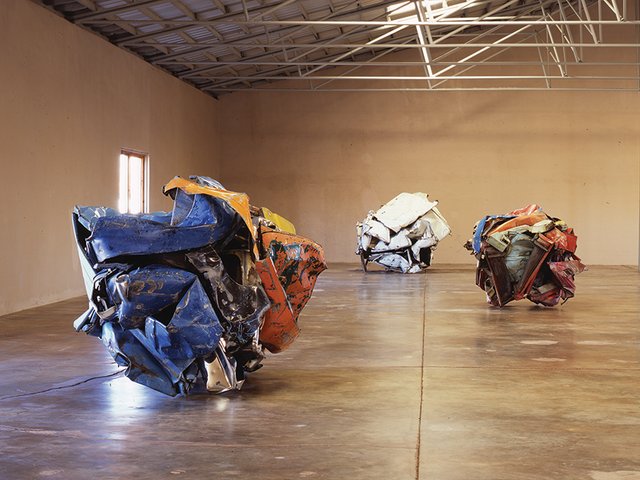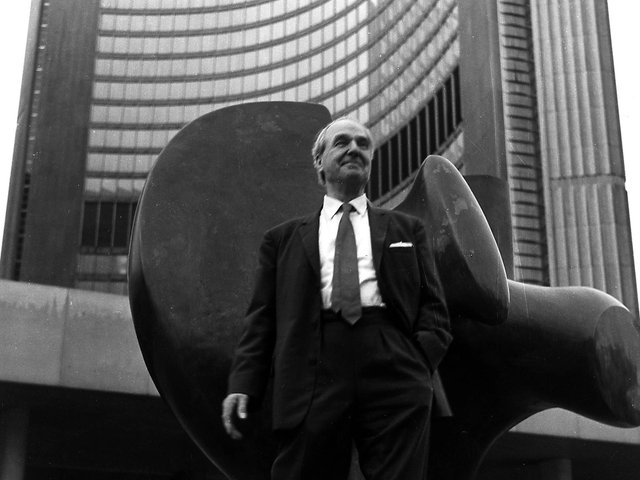Tinworks Art, the fledgling non-profit contemporary art space in Bozeman, Montana, is expanding its footprint from a former industrial site in the city’s northeast neighbourhood to the historic Rialto Theater downtown. Opening 21 November, Tinworks at Rialto will be showing Matthew Barney’s 2018 Western film Redoubt (until 1 February 2026), launching Tinworks’ first space open year-round for installations, artists’ talks, screenings and performances.
“We’re excited about the opportunity to have a presence on Main Street and to present really compelling programming that might be a different way of approaching familiar subjects or exposing visitors to art that connects in a different way,” says Tinworks’ inaugural director Jenny Moore. She took the helm in 2023 with the mandate to build Tinworks into a sustainable long-term arts organisation. The non-profit was founded in 2019 as a seasonal pop-up for visual and performing artists to exhibit works at a two-acre complex that includes a repurposed tin manufacturing warehouse, pig barn, mill building and field of open land.
In addition to the acquisition of the Rialto—which opened as a theatre in 1924 and was donated by its previous owners to Tinworks—the organisation is stewarding the restoration of its deteriorating mill building. Salvaging three original crib walls and the exterior grain chute, the new structure—built on the original footprint and extended slightly to the north—will provide flexible gallery spaces in addition to a visitor centre and offices (heating and bathrooms will be a first at the northeast campus).
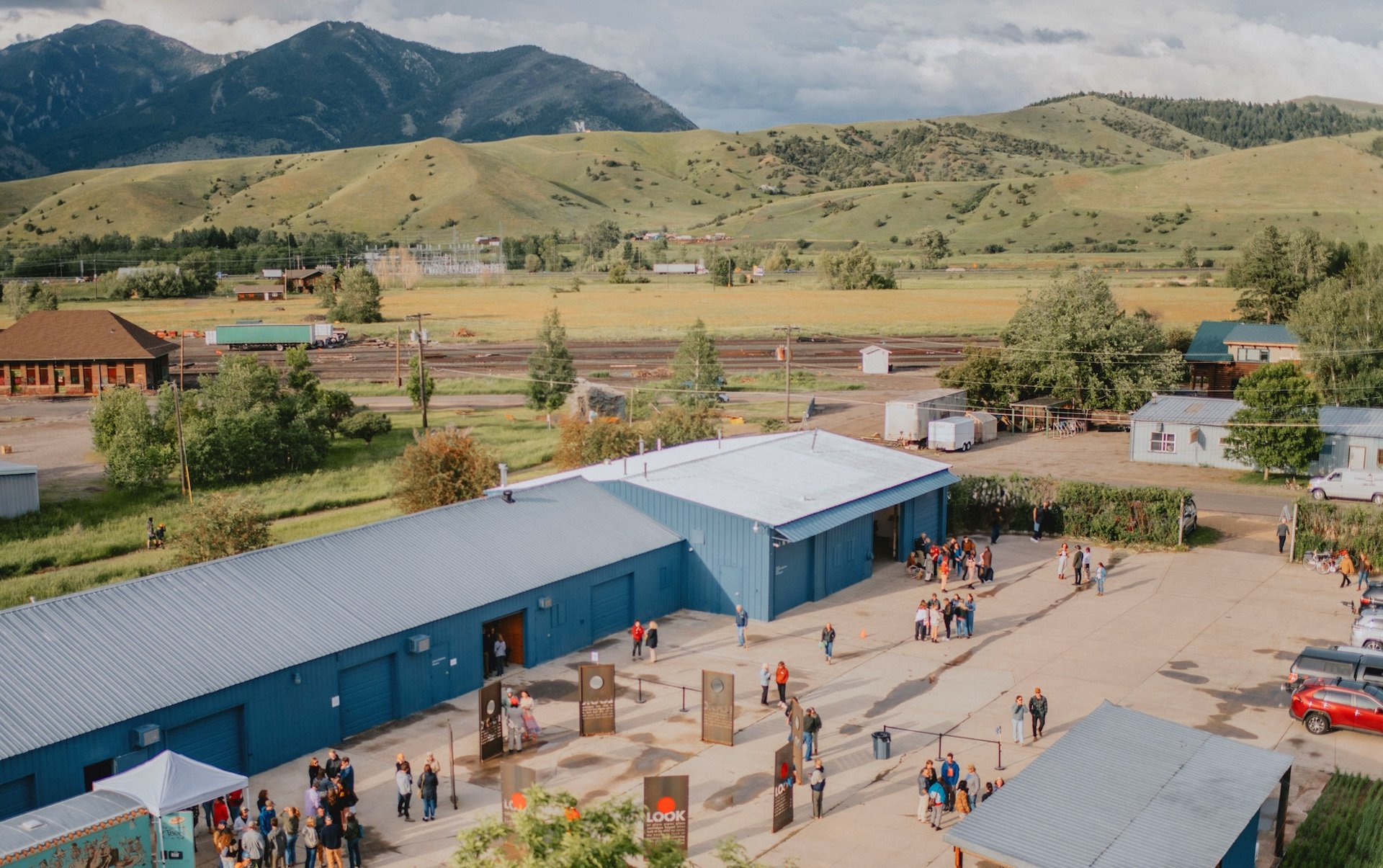
Aerial view of the Tinworks Arts campus in northeast Bozeman, Montana Photo: Blair Speed
Projected to open in October 2026, the renovated mill building will extend programming on site throughout the year beyond its current June to October schedule.
“What I love about the buildings is that there’s nothing precious architecturally,” says Moore, who led the Chinati Foundation in Marfa, Texas, for almost a decade, where industrial spaces were similarly repurposed for the installation of art by its founder, Donald Judd, but with the stipulation in his will that his art be preserved just as it was sited in the architecture. Even discussion of adding amenities such as bathrooms became contentious during Moore’s tenure.
“So much of what I learned from Chinati has helped us make better informed decisions about this site,” says Moore, who appreciates being “at the beginning of a new art space in the west and having the opportunity to think expansively and flexibly about how these buildings can be fully in service to the artists we’re working with and their installations”.
Under Moore's leadership, Tinworks has presented exhibitions by Theaster Gates, Gabriel Chaile, Lucy Raven, Stephen Shore and Layli Long Soldier, among others, in various ways inspired by the landscape of the American west. Last year, Agnes Denes, at the age of 93, repositioned her pioneering ecological artwork Wheatfield—originally planted in 1982 in lower Manhattan—on the land at the Tinworks site, drawing broad art world attention.
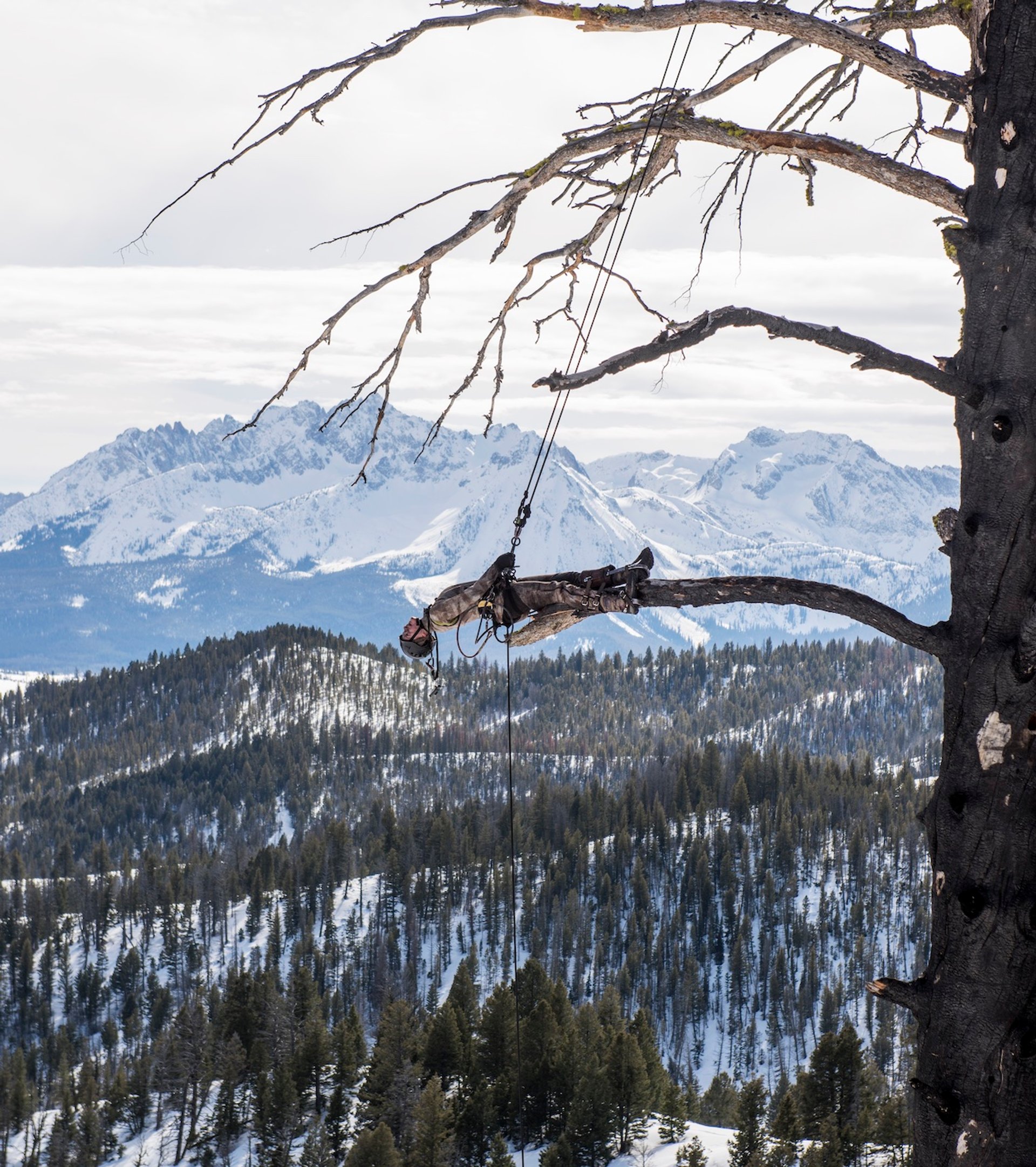
Matthew Barney, Redoubt, 2018 © Matthew Barney. Courtesy the artist; Gladstone, New York, Brussels and Seoul; and Sadie Coles HQ, London. Photo: Hugo Glendinning
At Tinworks at Rialto, visitors will be able to drop in during two daily screenings of Barney’s Redoubt, shot in Idaho’s Sawtooth Mountains and interweaving the classical myth of Diana the hunter with the reintroduction of the wolves in the west, a conservation effort now celebrating its 30th anniversary. “The narrative is conveyed through the soundtrack and beautiful dance passages and these gorgeous landscape views,” Moore says. “It’s really meditative.”
Moore anticipates growing her organisation's annual operating budget by 70% with the addition of Tinworks at Rialto and the opening of the reimagined mill building next year. Annual attendance has roughly doubled from 2024 to 2025 with 12,000 visitors this year, a figure Moore expects to at least double again with year-round programming.
“Increasingly, we’re seeing people who are seeking us out as an art destination,” she says, “as much as local folks who are having a new idea of what art is through the programming at Tinworks.”


